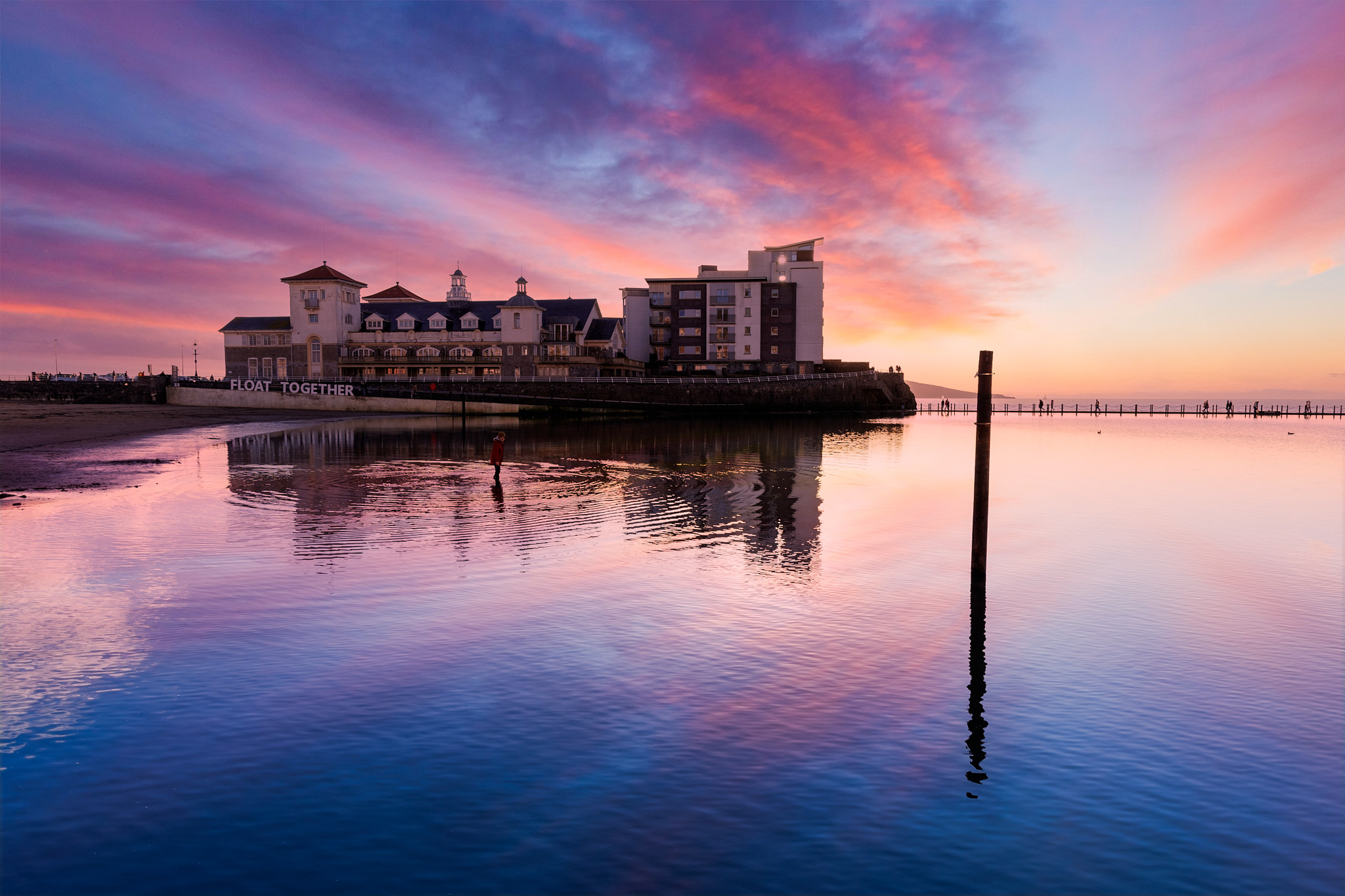
It is uncannily effective at replacing objects, hiding objects or adding completely new objects into your digital images, but Photoshop's Generative Fill is bound to divide opinions amongst photographers.
The biggest dangers, for many, will revolve around trust, authenticity and truth, though there's also a secondary worry, that the ability for anyone to create anything they can imagine with just a simple text prompt will undermine the skill and craft of trained artists. The best photo editing software now makes it easy for anyone to achieve what was once the preserve of skilled professionals.
So how worried should we be?
For a start, questions about trust, authenticity and trust aren't new. There's very little that Photoshop's Generative fill can do that skilled Photoshop operatives couldn't do already. It might make image generation easier and quicker, but it's hardly the opening of Pandora's Box. More people with perhaps baser motives can produce more convincing fake imagery more easily than before, but to me that seems like an evolutionary change rather than a revolution.
Artists have always created things with their imaginations, and photography has been used as an artistic medium for a very long time. Sometimes photo-montages have been constructed in an obvious way to as an artistic statement, and sometimes they have been carefully disguised for propaganda or product marketing. Photography has often been used to create a 'idealized' vision of the world where the ugly has been hidden, the beautiful has been enhanced and things have been brought together that never existed side by side in real life.
What has changed is that instead of requiring a good deal of skill as they did in the past, synthetic 'generative' images, composites, 'altered realities' or 'idealized images' can now be made more easily by many more people than before.

Photography as art or evidence?
But there will still be good artists and bad artists who meet with applause and indifference in the same way they did before. Artistic success will still depend on the quality of your vision, not the cleverness of your tools. The more common something becomes, the less people want it.
As for 'truth' and 'reality', that's another, separate argument, one that's based around photogrpahy as evidence versus art. Photoshop's Generative Fill, and tools like it, will certainly make it easier to fake photographs, but then how much trust did we place in photographs before this?
Adobe will see Generative Fill as an important tool for illustrators and digital artists, and photography is only a part of what Photoshop is designed for. While photographers may see Generative Fill as a threat or a 'cheat', we have to remember that we are only part of a much broader ecosystem of image creators, and that photography is often no more than a component in this kind of work, a kind of raw material, and not necessarily an end in itself.







